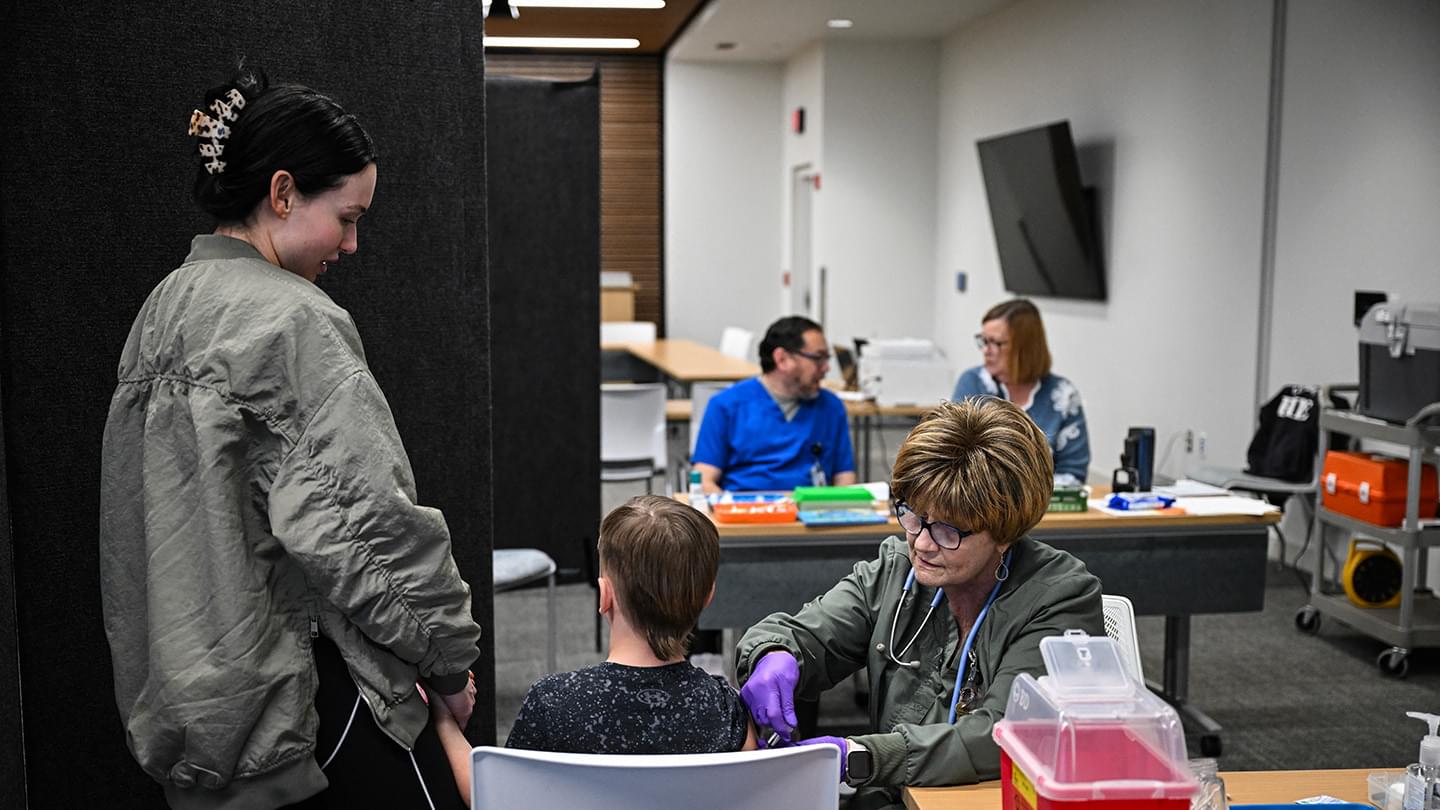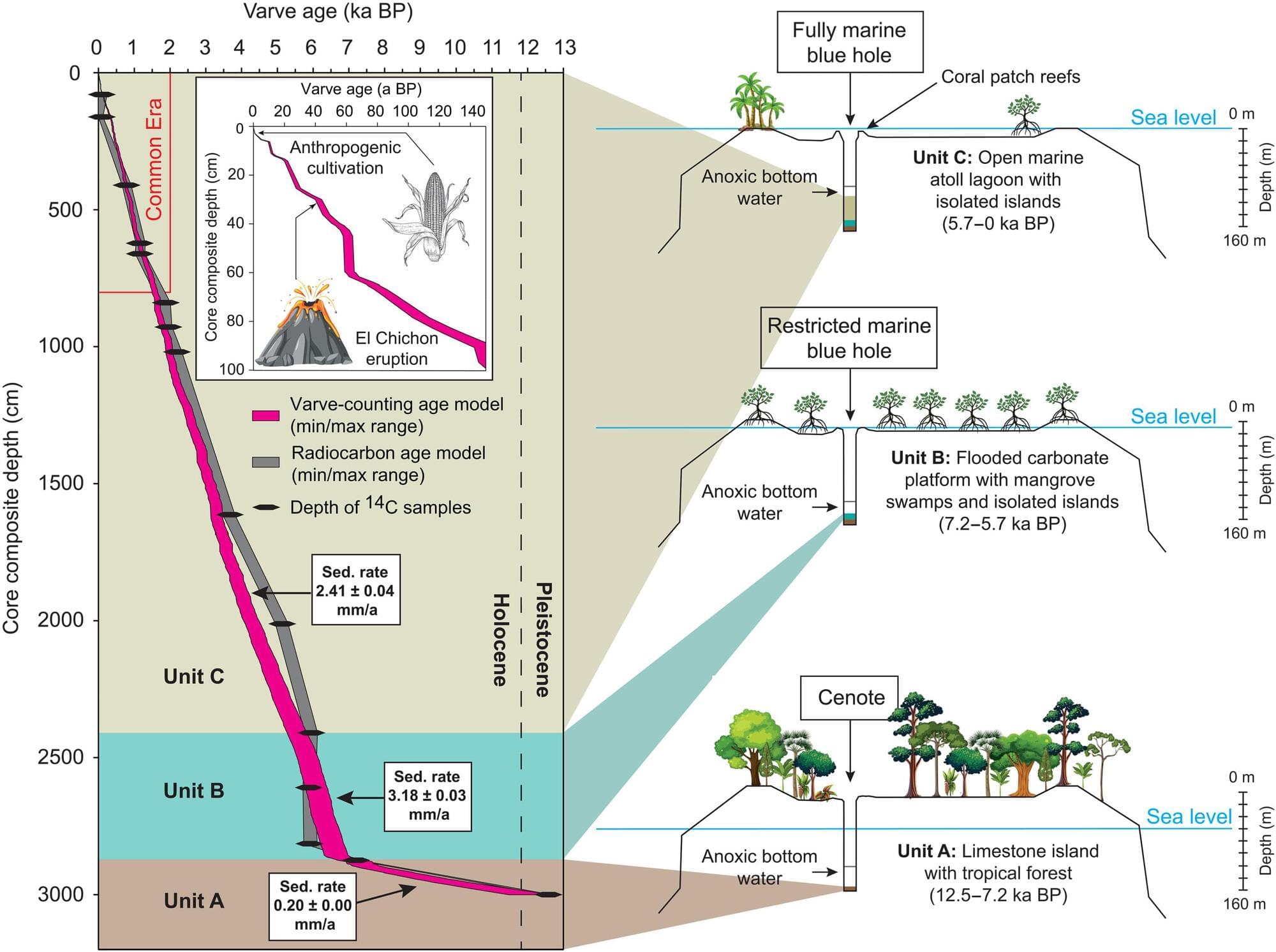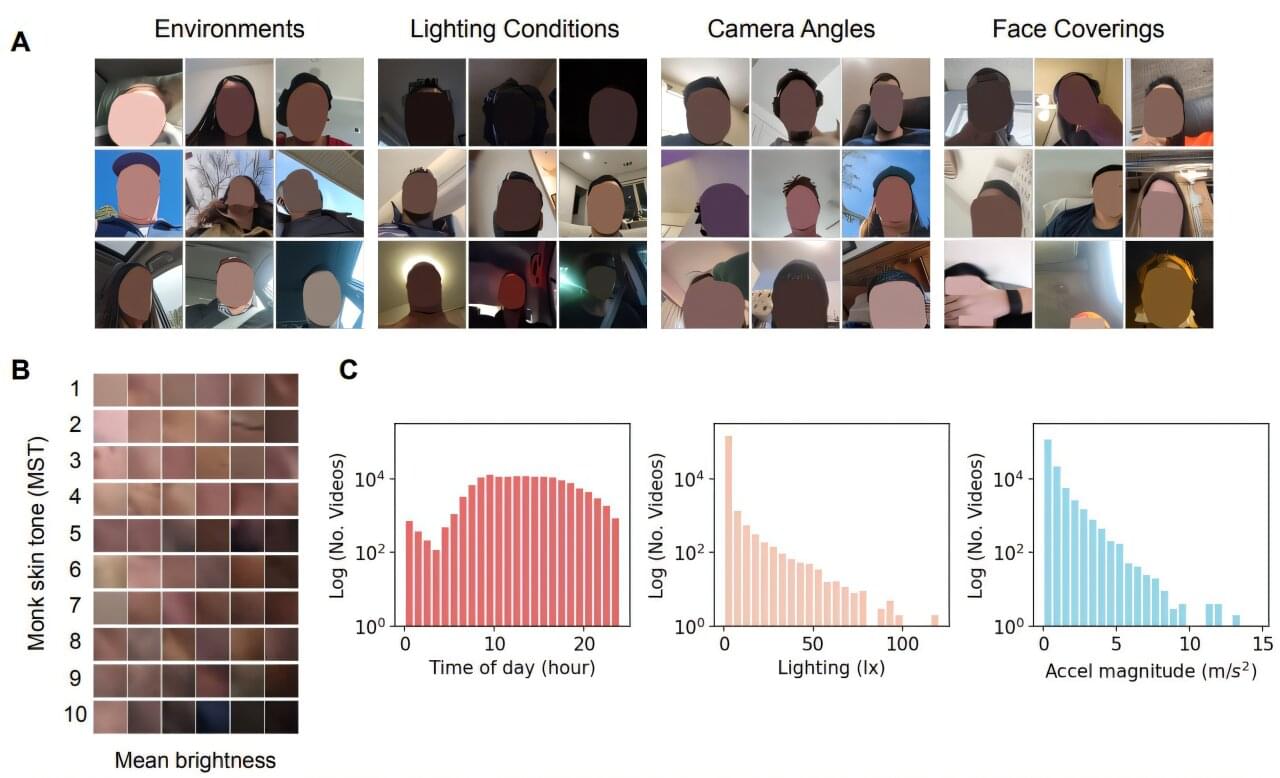Simulations of superfluid helium show it follows the same unusual entropy rule that black holes do.
Get the latest international news and world events from around the world.


Therapy dogs can ease young patients’ anxiety in the emergency room
About 10 minutes with a therapy dog soothed kids who felt anxious about being emergency room patients.
A clinical trial found that after spending time with a dog, young patients reported a significantly larger decrease in their anxiety than kids who didn’t have dog time.



Nanomaterials used to measure first nuclear reaction on radioactive nuclei produced in neutron star collisions
Physicists have measured a nuclear reaction that can occur in neutron star collisions, providing direct experimental data for a process that had previously only been theorized. The study, led by the University of Surrey, provides new insight into how the universe’s heaviest elements are forged—and could even drive advancements in nuclear reactor physics.
Working in collaboration with the University of York, the University of Seville, and TRIUMF, Canada’s national particle accelerator center, the breakthrough marks the first-ever measurement of a weak r-process reaction cross-section using a radioactive ion beam, in this case studying the 94 Sr(α, n)97 Zr reaction. This is where a radioactive form of strontium (strontium-94) absorbs an alpha particle (a helium nucleus), then emits a neutron and transforms into zirconium-97.
The study has been published in Physical Review Letters.

Tropical cyclones have become more frequent compared to the past 5,700 years, sediment core analysis shows
Using a sediment core taken from the Great Blue Hole off the coast of the Central American state of Belize, researchers from the universities of Frankfurt, Cologne, Göttingen, Hamburg and Bern have analyzed the local climate history of the last 5,700 years.
Investigations of the sediment layers from the 30-meter-long core revealed that storms have increased over the long term and that tropical cyclones have become much more frequent in recent decades. The results were published under the title “An annually resolved 5700-year storm archive reveals drivers of Caribbean cyclone frequency” in the journal Science Advances.
The Great Blue Hole is up to 125 meters deep and approximately 300 meters wide, situated in the very shallow Lighthouse Reef, an atoll off the coast of Belize. The hole was formed from a stalactite cave that collapsed at the end of the last ice age and then became flooded by the rising sea level as a result of the melting of the continental ice masses.

Deep-learning system uses smartphone camera for heart rate monitoring
A team of medical researchers and engineers at Google Research has developed a way to use the front-facing camera on a smartphone to monitor a patient’s heart rate. The team has published a paper on the technology on the arXiv preprint server.
Tracking a patient’s heart rate over time can reveal clues about their cardiovascular health. The most important measurement is resting heart rate (RHR)—people with an above-normal rate are at a higher risk of heart disease and/or stroke. Persistently high rates, the researchers note, can signal a serious problem.
Over the past several years, personal health device makers have developed wearable external heart monitors, such as necklaces or smartwatches. But these devices are expensive. The researchers have found a cheaper alternative—a deep-learning system that analyzes video from the front-facing camera of a smartphone. The system is called PHRM.

World’s 1st ‘tooth regrowth’ medicine moves toward clinical trials in Japan
OSAKA — A Japanese research team is making progress on the development of a groundbreaking medication that may allow people to grow new teeth, with clinical trials set to begin in July 2024.
The tooth regrowth medicine is intended for people who lack a full set of adult teeth due to congenital factors. The team is aiming to have it ready for general use in 2030.
In prior animal experiments, the medicine prompted the growth of “third-generation” teeth following baby teeth and then permanent adult teeth.
S dream. I.

Biography of Gregorio Zara, Inventor of the Videophone
We often never hear of many inventions, which is why Lifeboat is good at informing people.
Gregorio Zara (March 8, 1902–October 15, 1978) was a Filipino scientist best known as the inventor of the videophone, the first two-way electronic video communicator, in 1955. All told, he patented 30 devices. His other inventions ranged from an alcohol-powered airplane engine to a solar-powered water heater and stove.
Filipino scientist Gregorio Zara won 30 patents for his inventions, which included the first videophone and many breakthroughs in aeronautics.